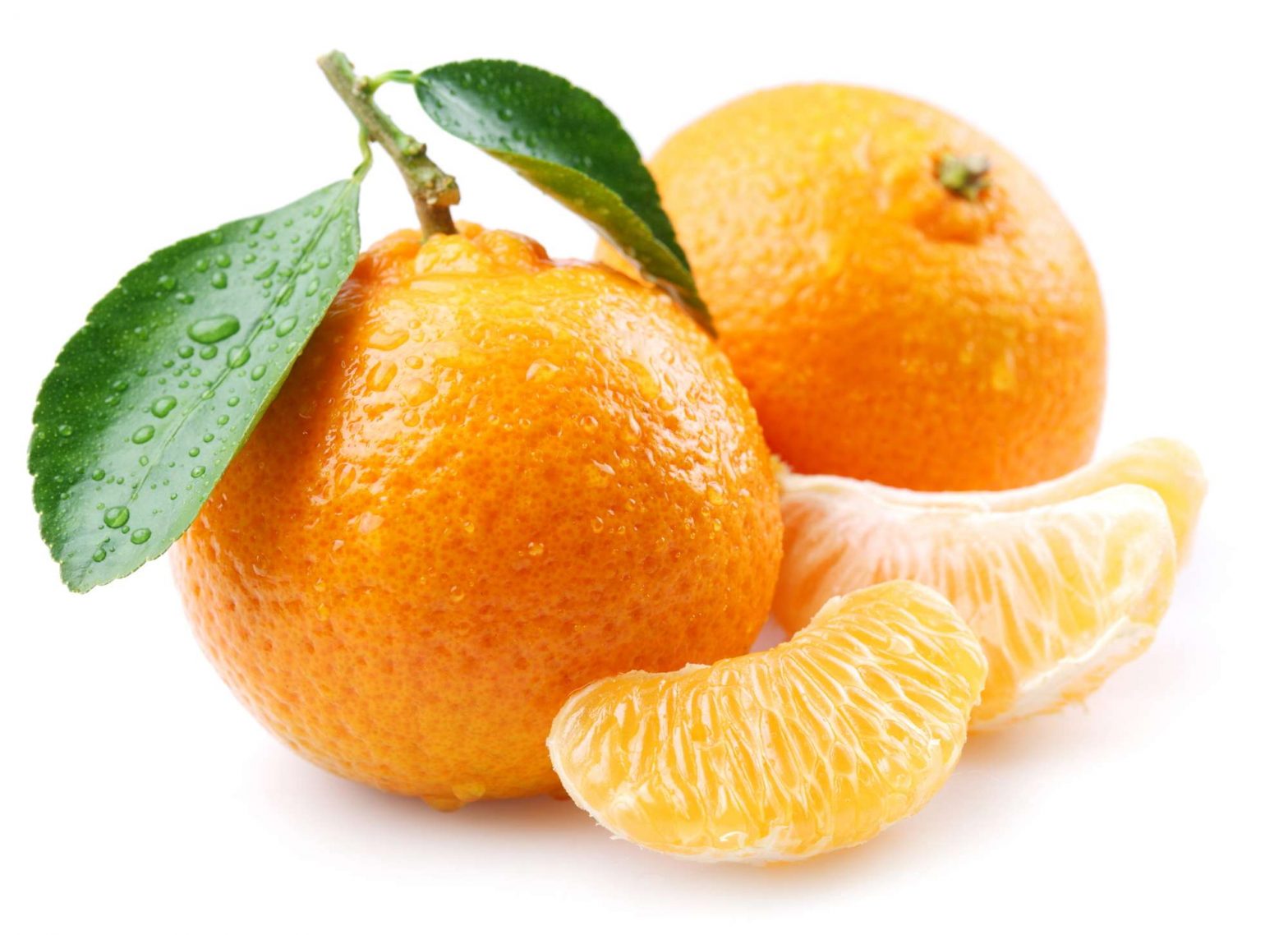Tangerine is a citrusy note in fragrances and the household name for the Citrus x tangerine fruit, a species of orange that’s believed to have originated from Southeastern Asia.
Tangerine smells bright and zesty, just as you’d expect from any citrus. But what makes its scent distinguishable from that of all other citrus fruit is its sugary, honeyed, and tantalizing character.
For some, the scent of tangerines is synonymous with Christmas. The very whiff of tangerine brings back memories, dating all the way back to childhood, of the small fruit stuffed into stockings in the company of candy canes and gold chocolate coins.
For others, tangerines smell like Tangier, a coastal city in Morocco mainly famed for its sandy beaches and the delicious, juicy tangerines that grow on the trees on its streets.
In the 1900s, the port of Tangier was where Southeastern Asian supply met Western demand for the tangerine fruit as tons of tangerines were loaded on ships on a daily basis.
Today, tangerines are also grown in Italy, Spain, and Portugal in Europe, as well as Arizona, California, Florida, and Texas in the United States.
Smaller and less rounded than the common orange, tangerines have a more potent scent, a more cloying taste, and a thinner, orange-colored rind that makes them easy to peel.
In-season from autumn to spring, tangerines are the fruit of the Citrus tangerina tree. Some consider tangerines to be hybrids of the mandarin orange and pomelo, while others treat them as a citrus species of their own.
Historically, perfumers would cold-express essential oil from the peel or rind of the tangerine fruit to add a tangerine note to scents. However, most tangerine notes in present-day perfumes come from synthetic sources, such as the decanal (Aldehyde C-10) molecule.

